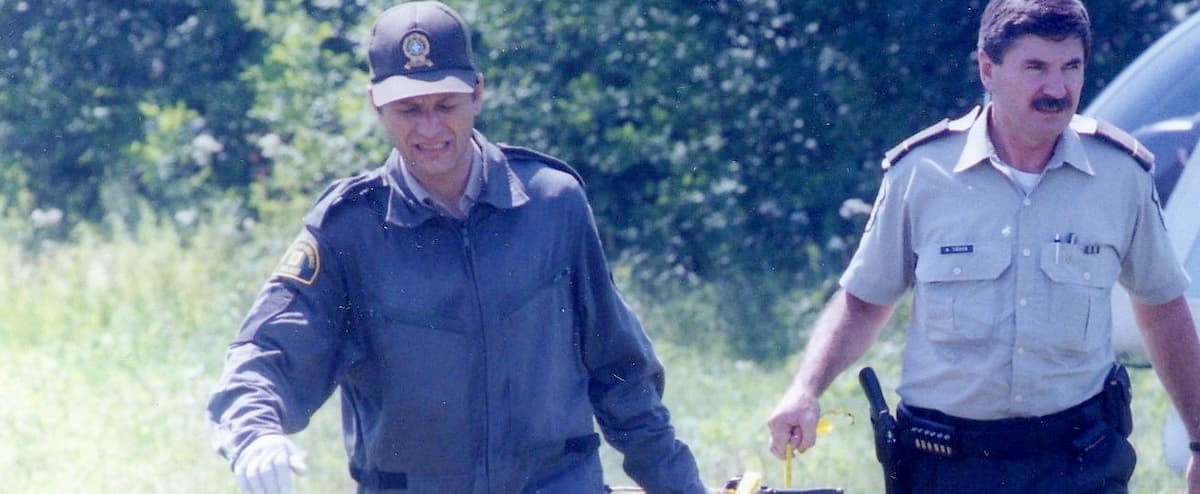“You have to be in this field to understand the energy that goes into the team to solve a murder. Even 30 years later, just talking about it, I feel the same feeling as at the time, I remember the focus we had to find the person who did this.
• Read also: Murder of Marie-Chantale Desjardins: a suspect nabbed almost 30 years later
Michel Tanguay was one of the investigators who worked hard to solve the sordid murder of Marie-Chantale Desjardins.
The 10-year-old girl was found lifeless in a wooded area in Rosemère. It was only three decades later that the police were able to arrest a suspect, Réal Courtemanche.
Marie-Chantale Desjardins, 10 years old, died in July 1994.
Archive photo
The retired Sûreté du Québec police officer was not the main investigator in the case, but he remembers being called upon to solve this crime. He also had to go to the scene, even after the crime scene had been cleared.

Michel Tanguay, retired investigator at the Sûreté du Québec
Archive photo
Mr. Tanguay has been involved in more than 300 murder investigation files, sometimes as lead investigator, but other times to assist.
“I have experienced them all”
“I haven’t worked on them all, but I’ve experienced them all,” he says.
According to him, cases involving children are certainly the most significant.
“It’s especially the pain of the bereaved families that makes it the most difficult,” adds Roberto Bergeron, also retired from the SQ. The one who worked on sensitive cases such as the disappearance of Julie Surprenant and the murder of little Alexandre Livernoche insists: investigators with unresolved cases do everything to provide answers to loved ones.

Archive photo
“The goal is of course to get our hands on the culprit, but above all to find the truth,” adds retired Montreal police detective lieutenant François Petit, who worked on unsolved murder cases. .
According to him, even if investigators pin down a suspect 30 years later, it remains a great reward for the police officers who worked on the case at the time.
“They processed hundreds of pieces of information, met several people, it allows them to see the result of what they did,” he explains.
Not failures
Moreover, for Roberto Bergeron, the cases in which no suspect could be arrested are not failures in his eyes.

Roberto Bergeron
Photo Chantal Poirier
“I don’t want to say we failed, because we did what we could at that time. And it’s very rewarding to know that others have succeeded today,” he insists.
Several unsolved murder cases could also be resolved thanks to advances in technology.
“With the techniques that have evolved, it will make it possible to move cases forward, allow families to grieve,” adds retired SQ police officer François Doré.
And according to him, this also allows police officers to close cases that can become emotional.
“We know that investigators keep photos of missing children or whose murders remain unsolved on their desk or in their wallet,” he says.
